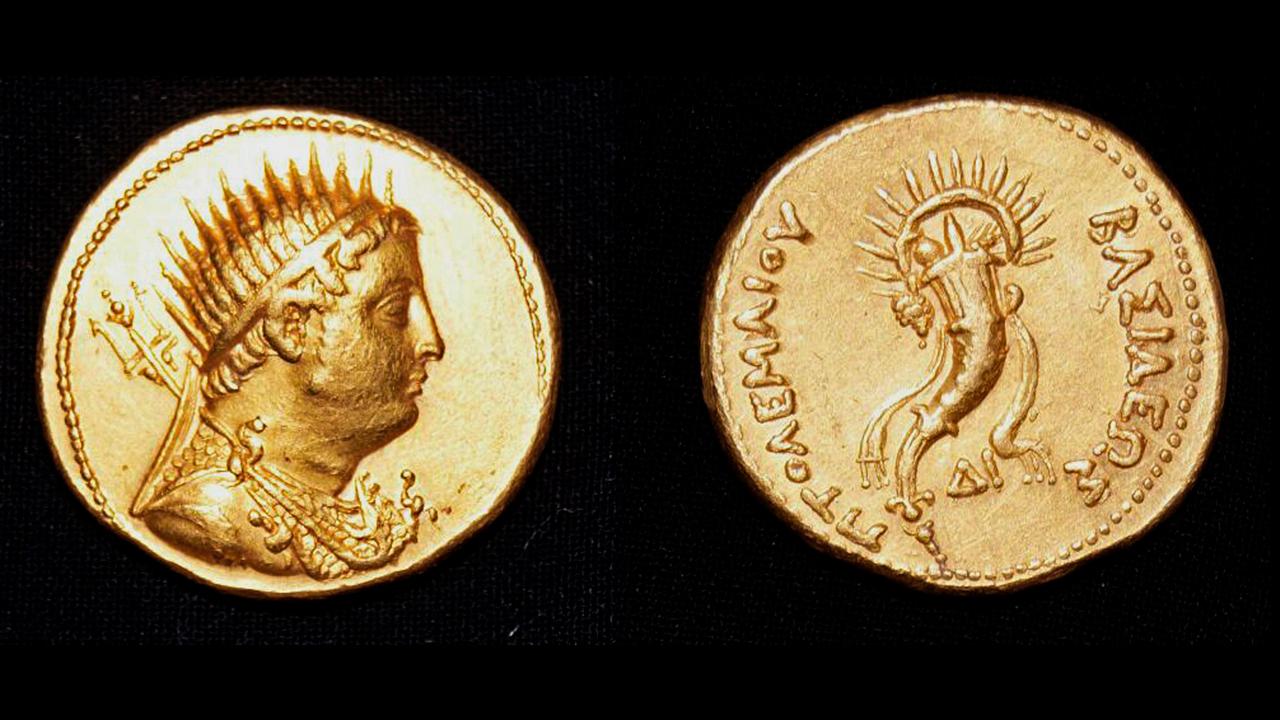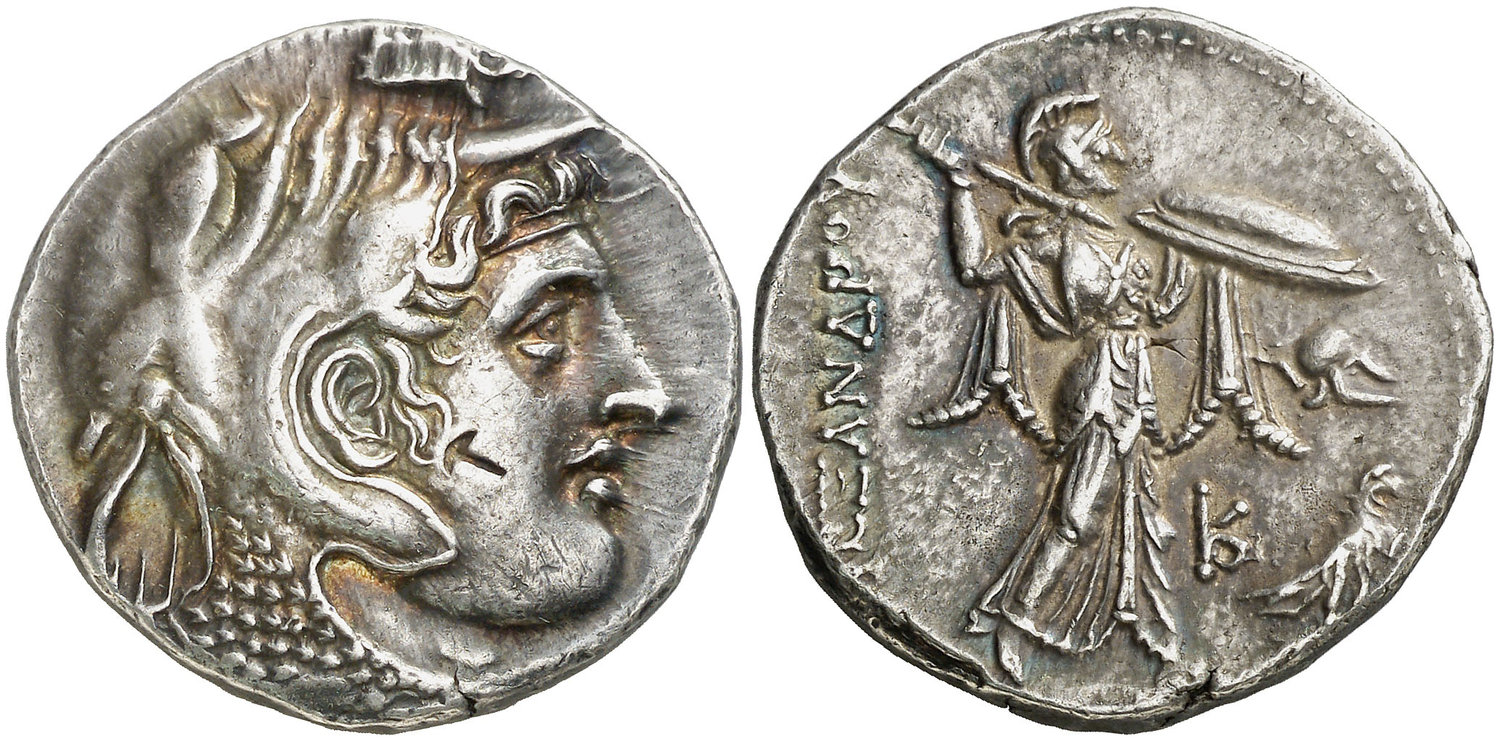
Throughout Egypt's long history the money as we know it it only played an important role in relatively recent times. The ancient egypt coins they only appear in the last stage, that of the Ptolemaic Egypt.
For millennia, trade was done through barter. In an agrarian and autarkic society like that of the kingdom of the pharaohs, the exchange of goods was carried out through grain and basic products.
As the Egyptian civilization developed and became more complex, different Measures of weight and systems were devised to make the exchange process more uniform and practical.
En El-Amarna Gold bars and rings have been found that may have been used as money around 1.300 BC, although there is no historical evidence in this regard. Curiously, for centuries gold was a well-known material used by ancient Egyptian goldsmiths, not silver, which was considered a rare and exotic metal.
Actually, the minted money (the gold, silver and copper coins that had already begun to be used in Greece and Asia Minor) only reached Egyptian lands at the end of the New Kingdom, around the XNUMXth century BC through trade with Greeks and Phoenicians. Curiously it was the last pharaoh of the last dynasty, Nectanebo II, who minted the only coins that are known: gold stables of great historical and numismatic value, although they never circulated in the Nile country as a means of payment.
Coins of Ptolemaic Egypt
In the middle of the XNUMXth century BC Egypt became part of the vast empire built by Alexander the Great. After his death, his generals and friends (the so-called diadochos) the conquests were shared. TO Ptolemy Egypt fell. He would be the initiator of a dynasty that would dominate these lands until the Roman conquest.

Silver tetradrachm from Ptolemy I (305 BC)
With the Ptolemaic dynasty came the minting of currency in a generalized way. A mint in the city of Memphis and later another more important in Alexandria. The Egyptians, who had not used any kind of monetary system for centuries and centuries, took a few years to get used to minted money.
The basis of Ancient Egyptian coins was the Phoenician weight, weighing 14,2 grams, also known as ptolemaic weight. This standard differed from the Attic weight, predominant in the Hellenic world, by its weight and size: the Ptolemaic coins were smaller than the rest of the coins of the Greek world.
The designs of these coins they followed a well-defined pattern: the obverse always featured the effigy of the king, while the reverse featured various symbols such as the eagle on the lightning bolt, or representations of ancient Egyptian deities such as Isis and Osiris.
Due to the scarcity of silver, the most common coins used in Ptolemaic Egypt were mostly copper. The Ptolemies minted estaras and octodracmas of gold, tretradrachmas (like the one in the picture above) and didrachmas silver, in addition to drachmas in large copper. In the period before the Roman annexation, bronze became general, replacing silver.
Coins of Roman Egypt
In 30 BC, after the death of CleopatraThe last queen of the Ptolemaic dynasty and undoubtedly the best known of Ancient Egypt, Egypt went on to become a Roman province.
It was in any case a province with a special status, since it depended directly on the emperor. The imposition of Roman rule was total. However, the national currency of Egypt created by the Ptolemies remained in circulation for almost another century.

Silver denarius bearing the inscription "Basilissa Kleopatra" (Queen Cleopatra - Image Credit: Roma Numismatics, Ltd.
The Romans, always pragmatic, found a highly evolved social organization in their new province. In addition, Ptolemaic Egypt had a highly monetized economy, especially in Alexandria, the capital. So they decided not to alter the schemes that had been working perfectly for the past three centuries.
Silver from Ancient Egyptian coins was reused for minting Roman tetradrachmas. The precious metal content of these coins was quite low, just 30%. Denarii and gold were never minted on Egyptian mints during the entire Roman era.
The most attractive thing about this coin is the richness of its iconography. In it the Egyptian and Ptolemaic traditions are combined with the imperial image gestated from Rome.
However, there are denarii called "Egyptians" that were minted in other parts of the empire. A well-known example is that of the tetradrachm of Cleopatra Selene II, daughter of Mark Antony and Cleopatra. This coin (the one that appears on these lines) was minted in Mauretania and shows on its reverse the image of a Nile crocodile along with the legend Basilissa kleopatra (Queen Cleopatra) in Greek.
I really like the history of the coins, these are very good
you know some currency names
How much is the currency worth? My uncle has one and I would like to know.
no ma what cusca
THE ANCIENT COINS
HELLO, I HAVE A VERY EGYPTIAN CURRENCY, BELONGING TO MY GREAT-GRANDFATHER, THE WORLDWIDE TRAVEL, WHAT CAN I DO?
stick it up your ass
THAT GONORREA NISIQUIERA APPEARS AS IT'S NAME
This fatal do not indicate what they are called and how much they are worth
I have one that is worth this coin